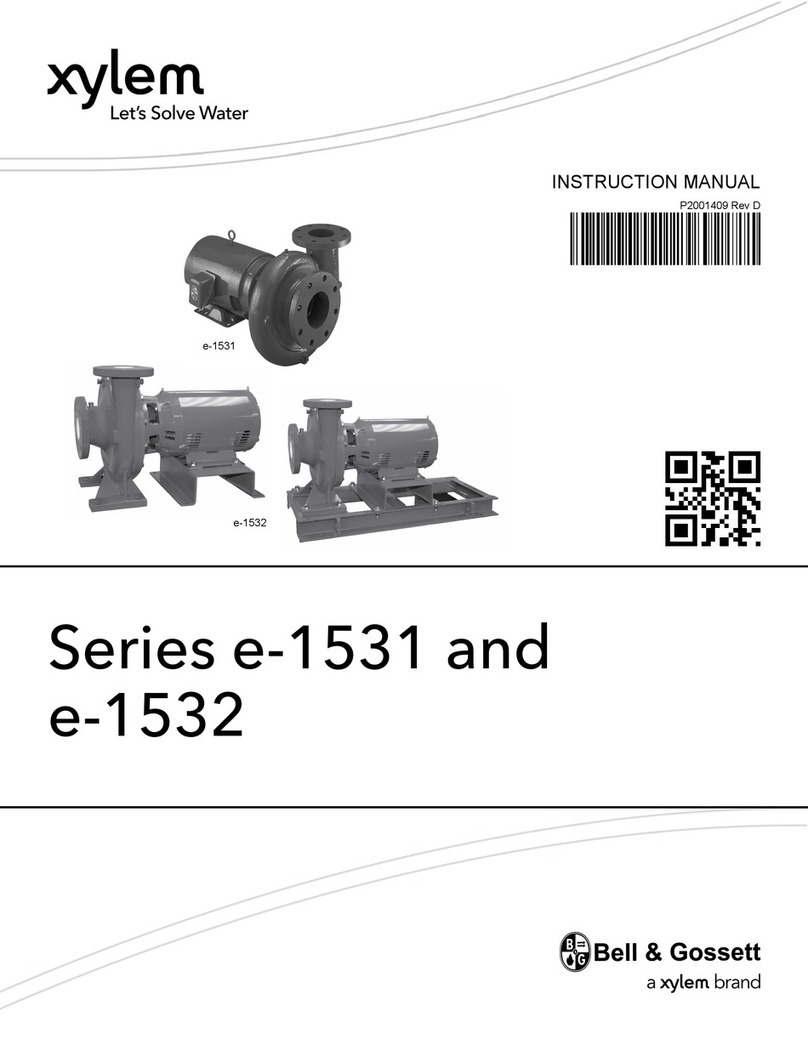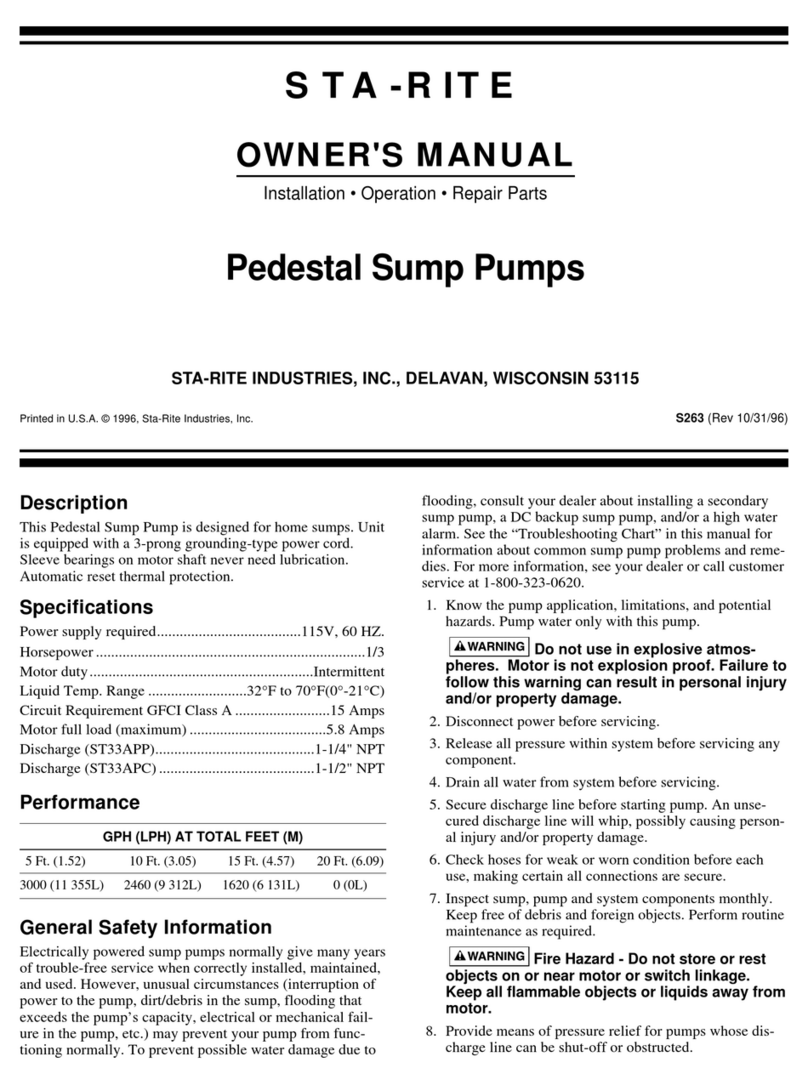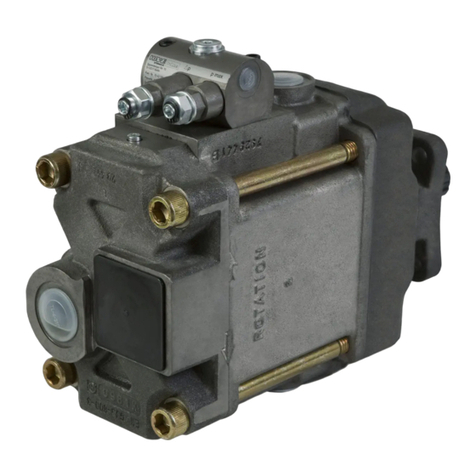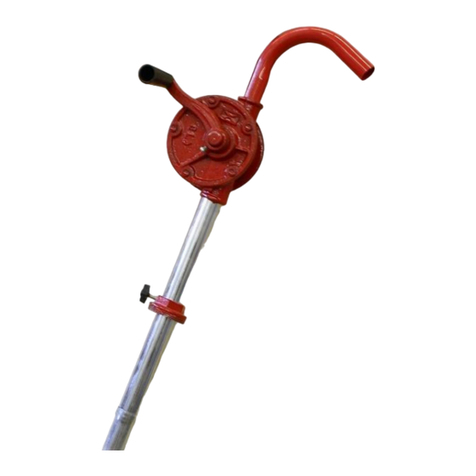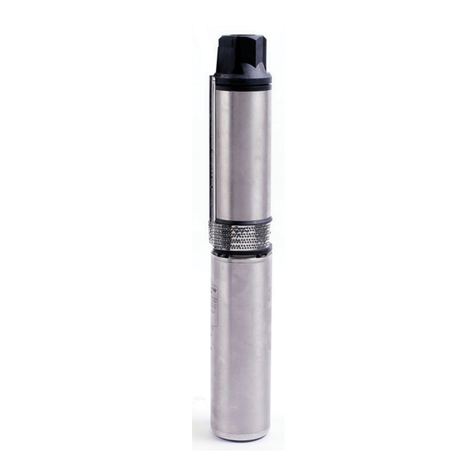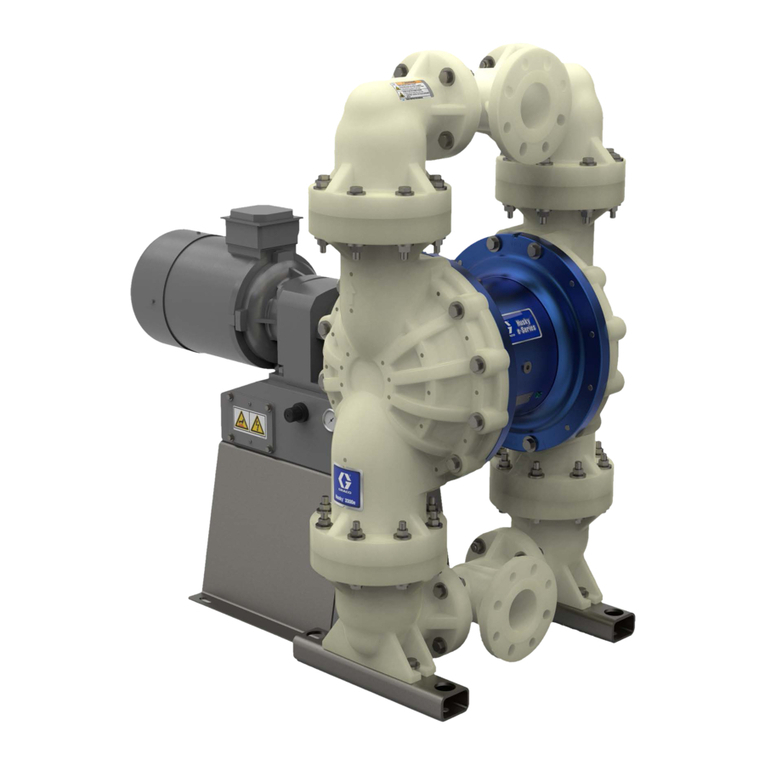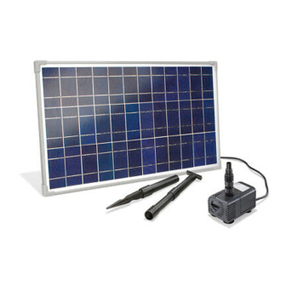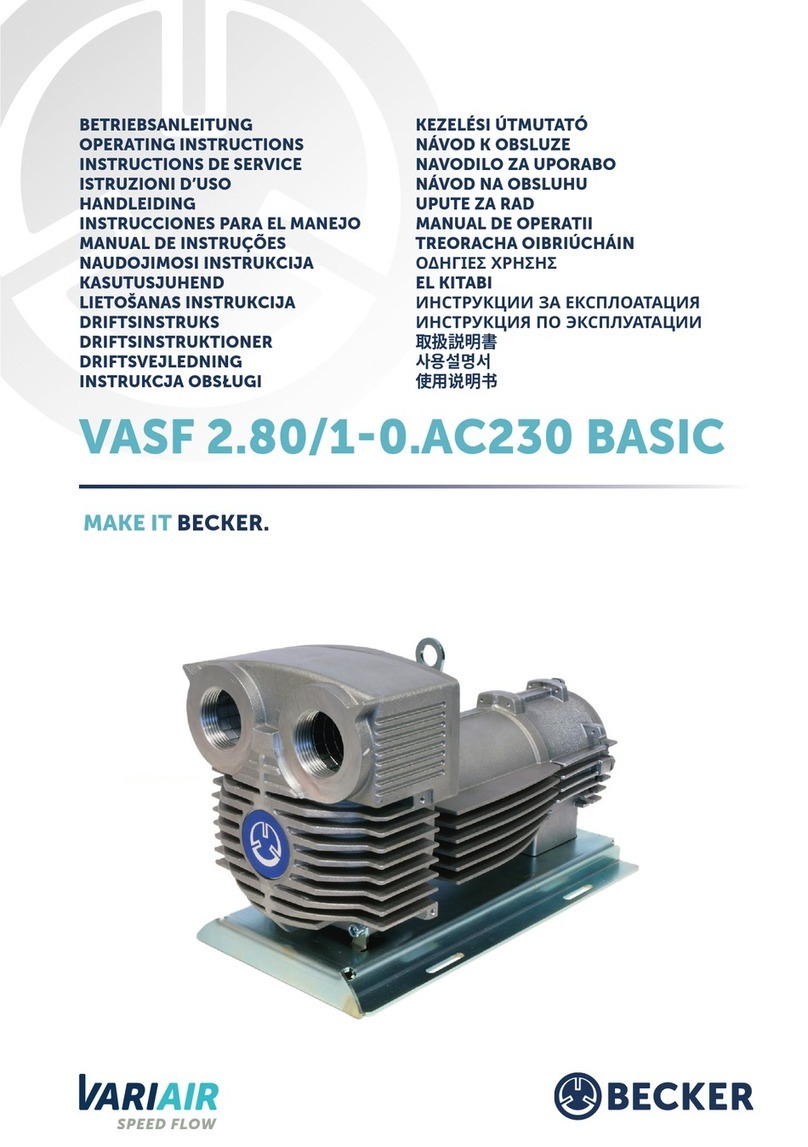
Document Ref 903647-001 Rev 3 3
Component Technical Manual PAS V3 Pump for Fuel Dispensers
Issue B
CONTENTS
1 GENERAL..................................................................................................................... 1-2
1.1 Definitions ............................................................................................................1-2
1.2 Configurations ......................................................................................................1-2
2 OPERATING DESCRIPTION................................................................................... 2-2
2.1 Technical Characteristics .....................................................................................2-2
2.2 Alignment of the Pump ........................................................................................2-3
2.3 Schematic Diagram of Operating Principles ........................................................2-4
2.4 Schematic Diagram References ..........................................................................2-4
2.5 Operating Description ..........................................................................................2-5
2.5.1 Pumping, Filtration & By-Pass ............................................................2-5
2.5.2 Above GroundTankApplications ........................................................2-5
2.5.3 Air Separation......................................................................................2-6
2.5.4 Outlet Valve .........................................................................................2-6
2.5.5 Recovery Chamber..............................................................................2-6
2.5.6 Vent to Atmosphere .............................................................................2-7
2.5.7 Draining of the PAS.............................................................................2-7
2.5.8 V-beltTransmission .............................................................................2-7
2.5.9 Motors..................................................................................................2-8
3 FAILURE DIAGNOSIS............................................................................................... 3-2
3.1 Failure Diagnosis ..................................................................................................3-2
3.2 Flow Charts..........................................................................................................3-3
3.2.1 No Fuel Flow .......................................................................................3-3
3.2.2 Reduced Fuel Flow ..............................................................................3-4
3.2.3 Uneven Fuel Flow................................................................................3-5
3.2.4 Closing of the Overflow Valve ............................................................3-6
3.2.5 Excessive Noise...................................................................................3-7
4 TROUBLESHOOTING .............................................................................................. 4-2
4.1 Outlet Pressure ....................................................................................................4-2
4.2 Inlet Pressure .......................................................................................................4-2
4.3 Air Vent................................................................................................................4-3
4.4 InternalAir Entry in the Pump .............................................................................4-3
4.5 External Problems up-stream the PAS ................................................................4-4
4.6 Excessive Head Loss...........................................................................................4-4
4.7 Air Entry on the Pipework to the Storage Tank...................................................4-5
5 SPARE PARTS AND MAINTENANCE TOOLS.................................................... 5-3
5.1 Frequently Used Spare Parts ...............................................................................5-3
5.2 Exploded Views and Parts Lists ..........................................................................5-4
5.2.1 Front View ...........................................................................................5-4
5.2.2 Back View ...........................................................................................5-6
5.2.3 Top View ...........................................................................................5-10
5.3 Maintenance Kits ...............................................................................................5-12
5.4 References of Specific Tools .............................................................................5-15
6 PROBLEM REPORT FORM FOR THE PAS V3 PUMP .................................... 6-2



